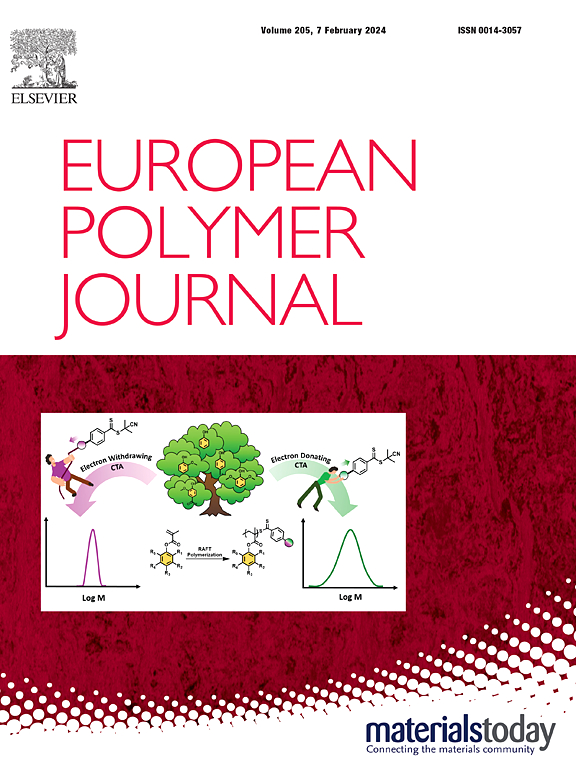Star-shaped copolypeptide-mediated transfection of 3D organoids
IF 5.8
2区 化学
Q1 POLYMER SCIENCE
引用次数: 0
Abstract
While gene therapy offers hope for treating genetic disorders and cancer, efficient and targeted gene delivery continues to be a significant hurdle. This study introduces star-shaped block copolypeptides as novel gene carriers capable of directly transfecting entire cell clusters within three-dimensional (3D) organoid models. Star-shaped poly(L-lysine)-block-poly(L-alanine) (s-PLL-PLA) polypeptides with various arm numbers were synthesized and their potentiality as non-viral gene carriers was evaluated. Our experimental results revealed that the transfection efficiency of s-PLL-PLA/plasmid polyplexes rivaled that of the commercial standard, Lipofectamine 2000, also highlighting the importance of using 3D organoids to mimic the structure and function of native tissues. The s-PLL-PLA polypeptides exhibited amphiphilicity and steric hindrance imposed by the presence of rigid, hydrophobic PLA segment on the star architecture, rendering the improved biocompatibility and transfection efficiency due to the charge shielding and less dense packing with the plasmids. By targeting HSP90 AB1, an oncogene associated with aggressive cancer progression and poor patient outcomes, the s-PLL-PLA/short hairpin RNA (shRNA) polyplexes exhibited potent anticancer efficacy via the effective suppression of MDA-MB-231 breast cancer cell proliferation and then the induction of apoptosis. These findings strongly suggest that s-PLL-PLA polypeptides hold promise as effective non-viral gene delivery systems for inducing cancer cell apoptosis.

求助全文
约1分钟内获得全文
求助全文
来源期刊

European Polymer Journal
化学-高分子科学
CiteScore
9.90
自引率
10.00%
发文量
691
审稿时长
23 days
期刊介绍:
European Polymer Journal is dedicated to publishing work on fundamental and applied polymer chemistry and macromolecular materials. The journal covers all aspects of polymer synthesis, including polymerization mechanisms and chemical functional transformations, with a focus on novel polymers and the relationships between molecular structure and polymer properties. In addition, we welcome submissions on bio-based or renewable polymers, stimuli-responsive systems and polymer bio-hybrids. European Polymer Journal also publishes research on the biomedical application of polymers, including drug delivery and regenerative medicine. The main scope is covered but not limited to the following core research areas:
Polymer synthesis and functionalization
• Novel synthetic routes for polymerization, functional modification, controlled/living polymerization and precision polymers.
Stimuli-responsive polymers
• Including shape memory and self-healing polymers.
Supramolecular polymers and self-assembly
• Molecular recognition and higher order polymer structures.
Renewable and sustainable polymers
• Bio-based, biodegradable and anti-microbial polymers and polymeric bio-nanocomposites.
Polymers at interfaces and surfaces
• Chemistry and engineering of surfaces with biological relevance, including patterning, antifouling polymers and polymers for membrane applications.
Biomedical applications and nanomedicine
• Polymers for regenerative medicine, drug delivery molecular release and gene therapy
The scope of European Polymer Journal no longer includes Polymer Physics.
 求助内容:
求助内容: 应助结果提醒方式:
应助结果提醒方式:


